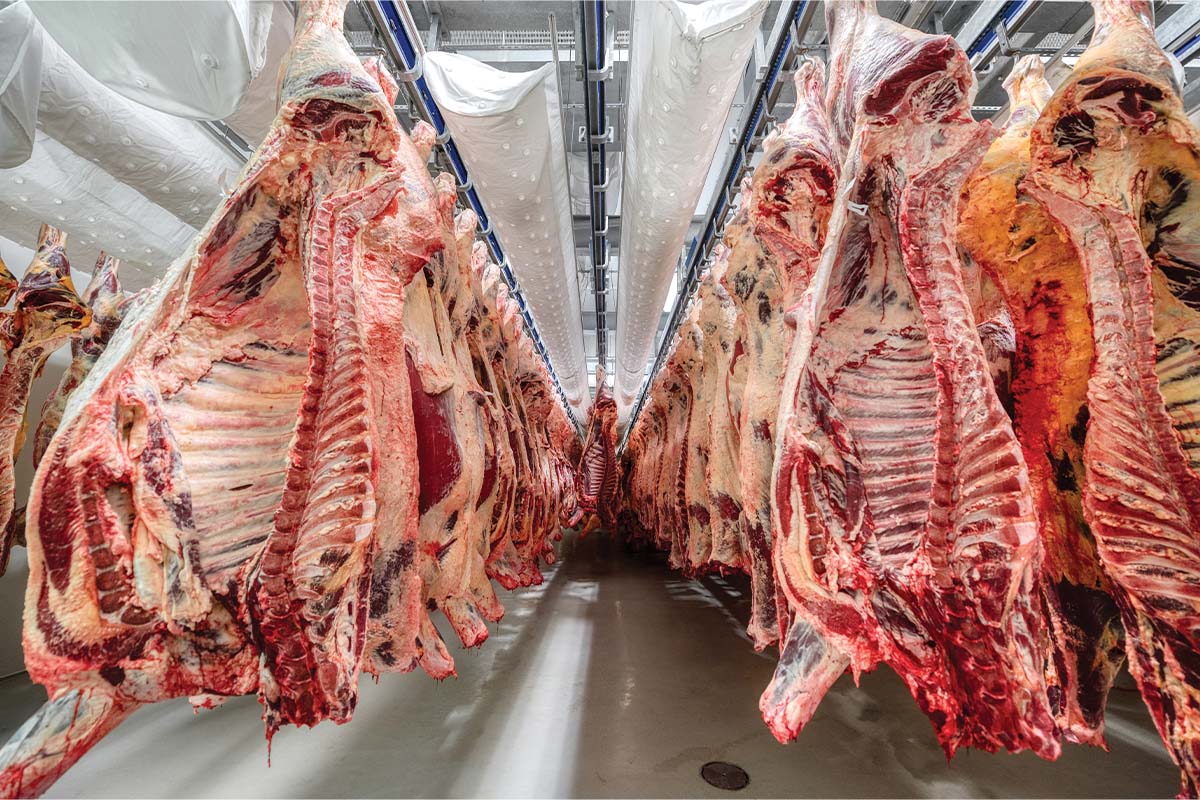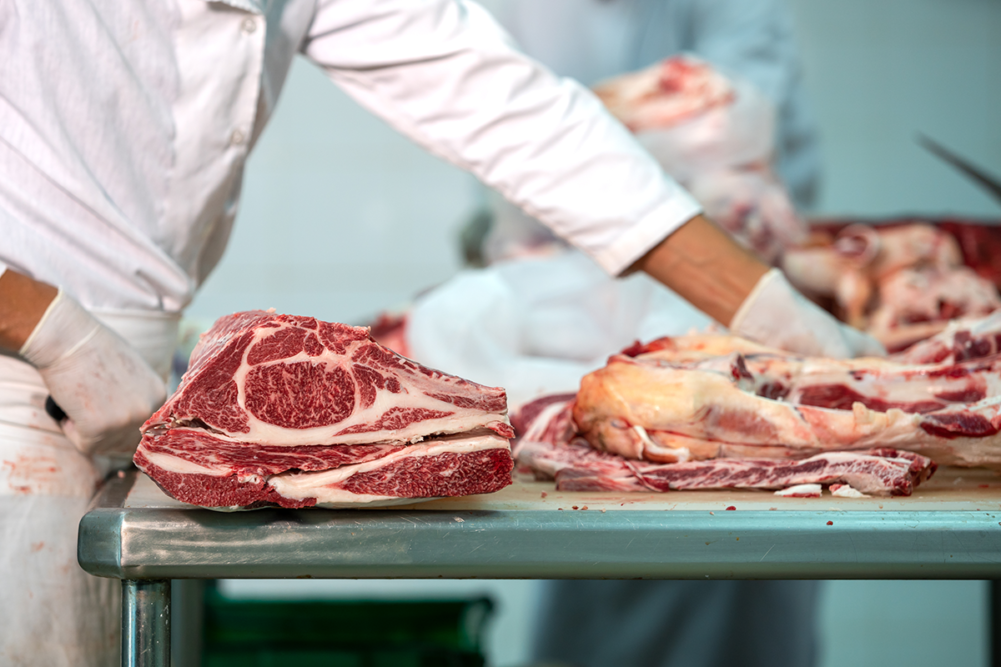The three main sectors of the US meat and poultry industry face different hurdles in the second half of 2022. The biggest challenge facing the beef processing sector will come late in the year as ongoing liquidation starts to show up in smaller supplies of both fed and non-fed cattle. Pork processors face the challenge of getting their margins back into the black after losses that began in early March. Chicken processors face the ongoing challenge of protecting their flocks from avian influenza (AI).
The main challenge common to all sectors is food inflation that is eating into Americans’ budgets and reducing consumer confidence in the economy. Inflation in May was 8.6% above what it was a year earlier, according to federal data. While few economists believe the economy will slide into recession anytime soon, concerns about that occurring could alter consumers’ protein buying patterns the rest of the year.
Inflation’s bite
Retailers by early June were publicly talking about how food inflation was causing more of their customers to buy more pork and chicken. This trend will continue through the rest of the year unless inflation significantly abates, economists said. The most pressure will be on beef, as it is by far the highest-priced protein.
The first signs of that pressure came in June as beef processors were forced to dramatically lower their asking prices on most middle meat items to attract forward sales. More consumers started to trade down in their beef purchases to ground beef, as they did in the 2009-2010 Great Recession, even though prices for its various forms were record high in May and June.
 Beef processors dramatically lowered asking prices on most middle meat items to attract forward sales as more consumers traded down in their beef purchases to ground beef. (Source: Adobe Stock)
Beef processors dramatically lowered asking prices on most middle meat items to attract forward sales as more consumers traded down in their beef purchases to ground beef. (Source: Adobe Stock)Beef processors will continue to see pressure on middle meat prices. More Americans than in a long time indulged their taste for high quality steaks while they were collecting federal stimulus money. But once those funds ended, many consumers began to revert to more frugal beef habits, especially as beef prices remained high. The May All Fresh price noted above was 9.5% above May 2021, while the average price of Choice beef in May was up 10.3%.
On the supply side, beef processors will face a shrinking supply of slaughter cattle by the middle of the fourth quarter. Beef cow slaughter through the first half of the year was up about 200,000 head or 9.5% on the same period last year. Widespread drought forced the increase. Drought also kept forcing light cattle into feedlots. The June 1 Cattle on Feed total was a record for the date. This means there are now fewer cattle outside feedlots to be placed, which means finished cattle supplies will start declining in October or November.
Meanwhile, live hog carcass prices in the last week of June were only 0.6% above a year ago. But the wholesale pork cutout was down 6% from last year. This and much higher operating costs were primarily the reason for negative operating margins of more than $35 per head (according to HedgersEdge.com). Pork processors might struggle to attain positive margins until the number of market-ready hogs starts to increase in the fall. But recent monthly Hog and Pigs reports indicate that producers are keeping a tighter than normal lid on expansion.

